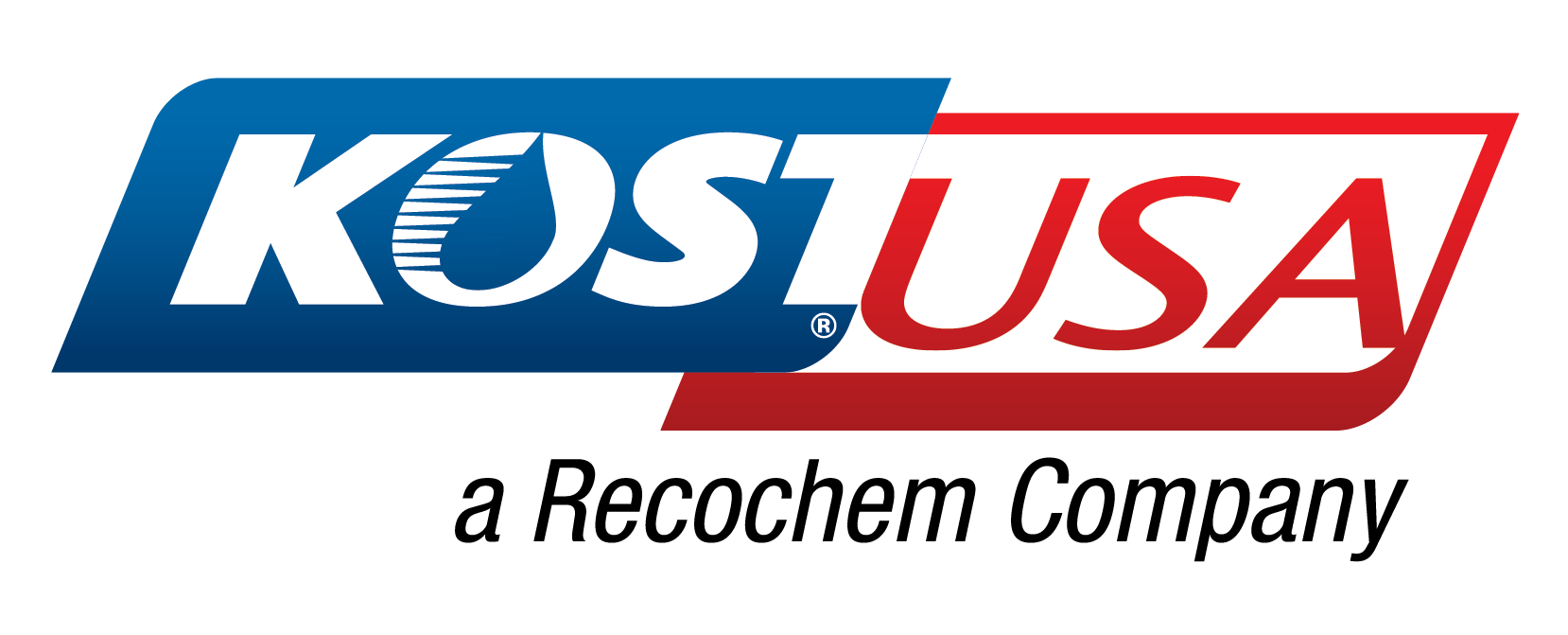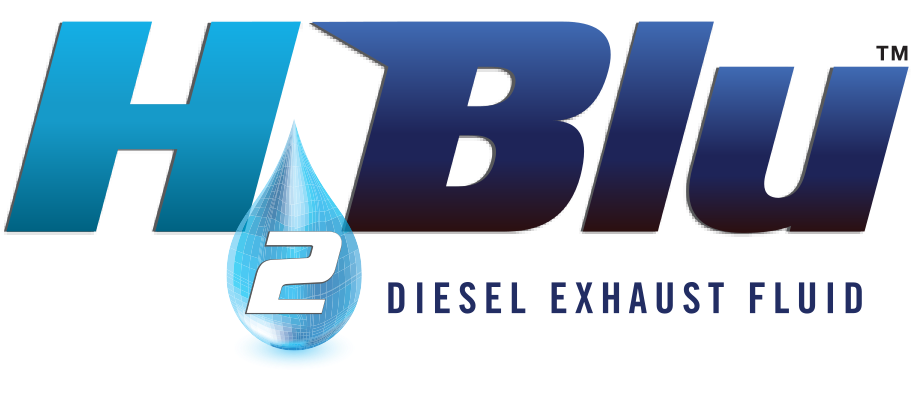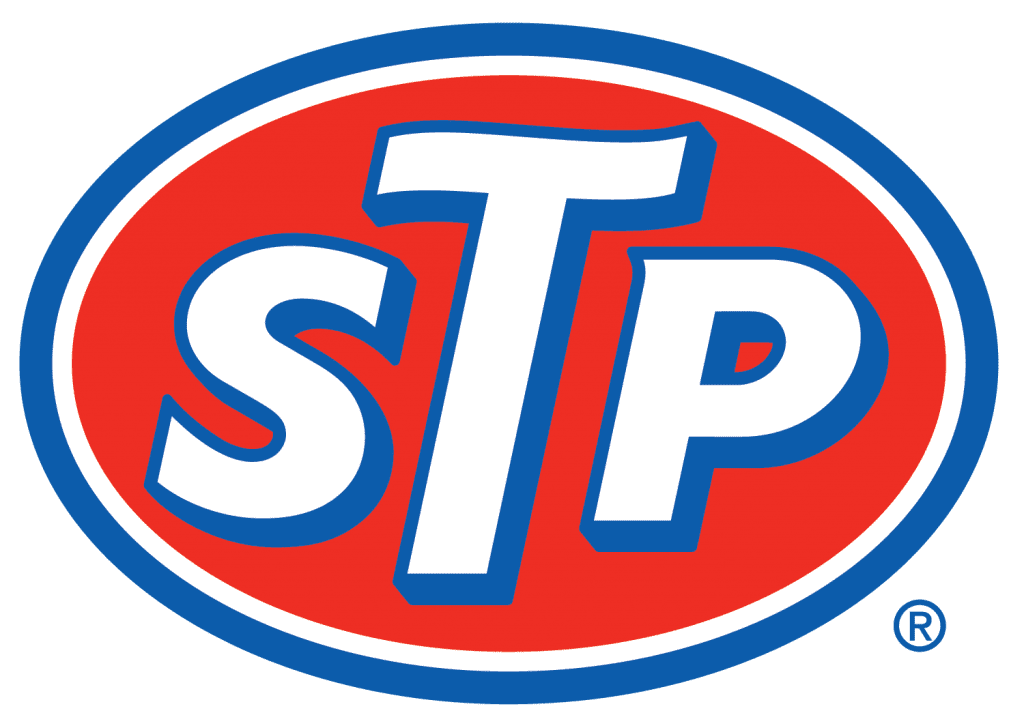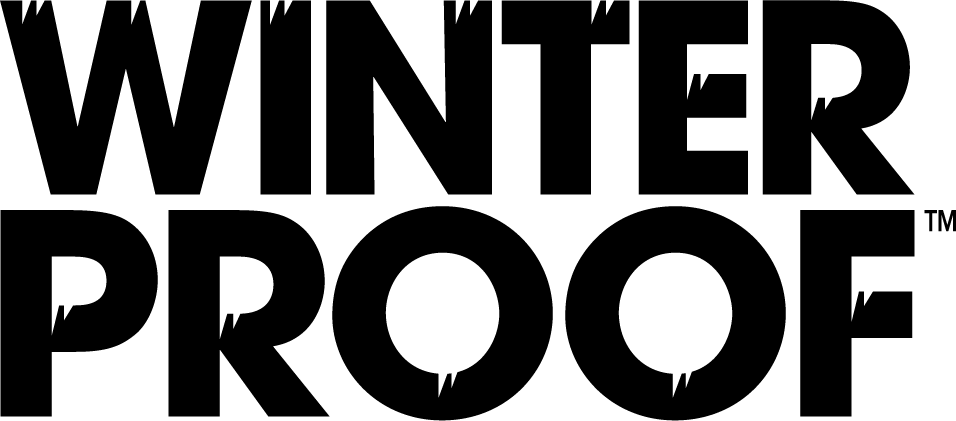
Winterizing Your Assets
Winterization of outdoor equipment is essential, as failure to winterize can cause expensive damage. The primary considerations for choosing antifreeze for winterizing are:
- Application
- Burst point
- Amount of Antifreeze
The application should be our first consideration, as it can drive which product is needed. For instance, farmers that are winterizing their agricultural sprayers need a product that is glycerin-free, as glycerin can thicken in the cold and clog small holes in the spray nozzles,disrupting spray patterns and flow rates. RV owners will need our Glycerin-Free or Premium product, as ethanol can dry out rubber seals in faucets and cause bad smells and tastes in RV water the following year.
Once the application is considered, the right fluid is typically chosen based on the burst point protection required and/or the amount of antifreeze required. See the chart below for burst points and sizes available for each product. Burst point is the temperature that the fluid will protect systems from damaged (i.e., breaking pipes). Burst point is below the freeze/slush point; meaning, the fluid may have crystals/slush under certain conditions.
Chart Below Will Help You Choose:
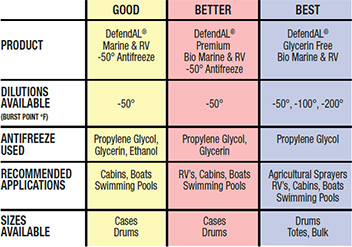
Winter Vehicle Maintenance Fluids
With the first day of fall quickly approaching, you should begin to think about preparing your car for the winter ahead. Your vehicle maintenance depends on four essential fluids to remain running during the cold winter months. These four fluids are:
- Antifreeze/Coolant
- Washer Fluid
- Motor Oil
- Fuel
Antifreeze/Coolant is an essential for maintaining the temperature of your engine and it should be checked as you prepare your car for the winter. The best way to do this is to open the antifreeze reservoir and examine the color of the fluid, if it’s brown or discolored, it’s time to flush out and refill the system. If the fluid looks bright,you can top off with a 50/50 mix of a Global Extended Life antifreeze that is recommended for your engine. In either case we recommend STP® ALL, or DefendAL® Global Extended Life, both in Ready-To-Use 50/50 formulas.

Washer Fluid helps keep your windshield clear from slush, snow,ice and mud. Make sure you choose a washer fluid that contains a deicer that is rated to a minimum of -20° F. Some washer fluids also contain detergents, and water repellents for improved visibility.
Motor Oil keeps everything moving smoothly. Even if you’re not due for an oil change you may want to have one done if you live in an area that stays well below zero all winter long. Cold weather can slow or stall oil flow in your engine, so it’s wise to choose an oil that is formulated for both your engine and the part of the country you live in during the winter months. Refer to your owner’s manual for specifics on your make and model, but synthetic oil may provide the best protection for your vehicle.
Fuel is the lifeblood of your engine. It is not uncommon to have a small amount of water vapor in your fuel tank and it typically doesn’t pose a problem. However, in the winter, the same vapor can cause your fuel line to freeze and keep your car from starting.The easiest way is to keep your fuel tank full of fuel, so on those really cold nights, fuel up before you head home for the evening.
Preparing your car for the winter months should also include checking your tires, your brakes, your battery, replacing dirty filters, old wiper blades, making sure you have an emergency car kit, even adding items to your trunk such as a blanket, a shovel, a bag of sand, an extra hat and pair of gloves.
